The National Art Library is home to over 140,000 art auction catalogues from more than 200 art auction houses. It is the largest accessible collection of art auction catalogues in the world. Within this collection thirty per cent remain uncatalogued fully in the priced sequences of Christie’s, Sotheby’s, Foster and Knight, Frank & Rutley. Priced catalogues are those annotated at the time of sale with the hammer price and buyers name.
Work has begun on cataloguing these beginning with the sequence of Christie’s priced sales that in the National Art Library start from 1867. Christie’s was the UK’s foremost art auction house at this time. Sotheby’s focused on book sales rather than art until after World War One. So far cataloguing has reached 1895. Within these years are a great number of important auctions that included the sale of numerous world famous art works, and some rather less famous curios.
On 14 June 1893 Shakespeare’s jug and cane was sold to Restele for the sale’s highest price of 162 pounds and 15 shillings. Described as of cream-colored earthenware, it was divided longitudinally into eight compartments, each horizontally subdivided, and within, principal deities of heathen mythology were represented in bold relief, housed in a carved oak case of octagonal form, having in the eight niches figures of Shakespeare’s favourite characters.
Certainly distinctive, but authentic? The catalogue entry is rather verbose for the time and claims they were bequeathed by Shakespeare to his sister Joan, who married a Mr. Hart, who settled in Tewkesbury, and they remained in possession of his descendants till the commencement of the present century, when they passed into other hands. The lot came with a volume containing cuttings from magazines and newspapers, and correspondence relating to these relics. In the early 1800’s a small medallion inscribed “William Shakespeare at the age of forty” was added. Case closed.
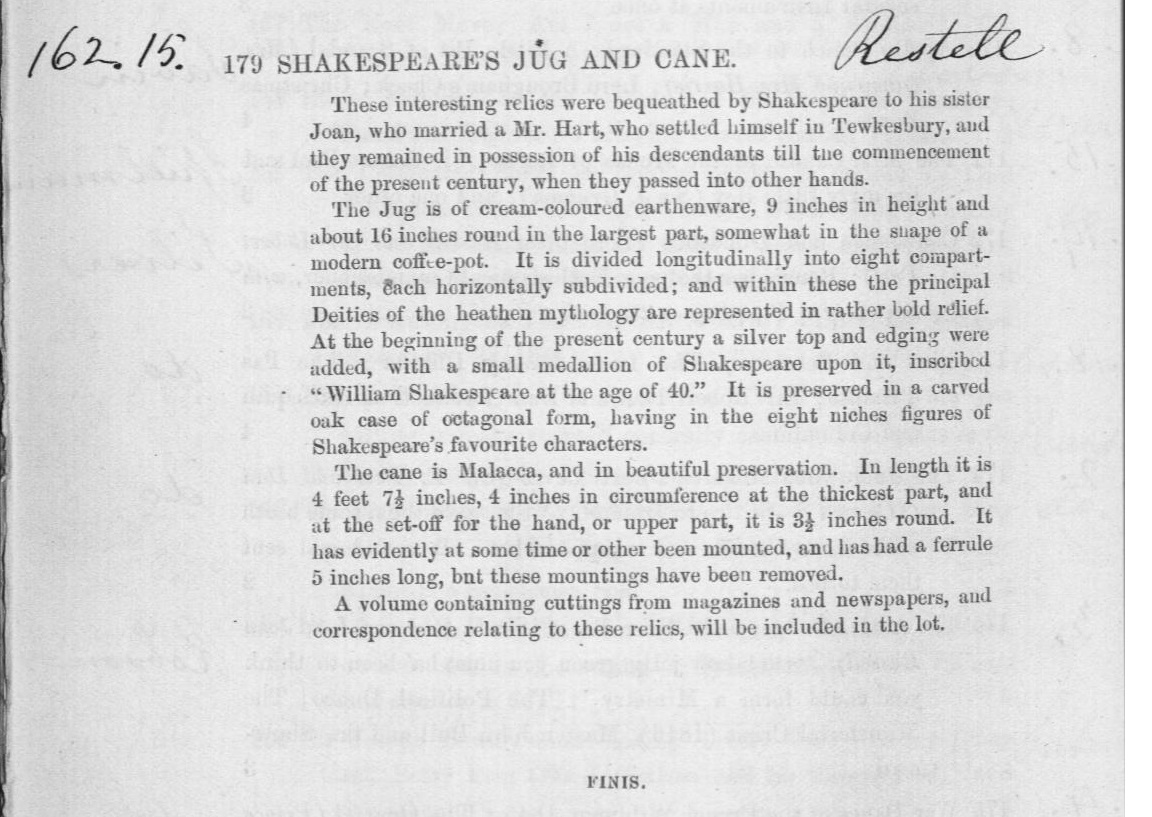
The greatest demand for art during this period was for beautiful, famous British female portraits. In this area nothing can surpass the work of “The Duchess of Devonshire” by Thomas Gainsborough. Painted around 1784 it was auctioned at Christie’s on 6 May 1876 as part of the Wynn Ellis sale, lot number 63. Bought by the silk manufacturer Wynn Ellis thirty years previously for £63, it sold for £10,605 to the art dealer Agnew. It is quoted as the highest, or second highest, price ever paid for a painting at auction.
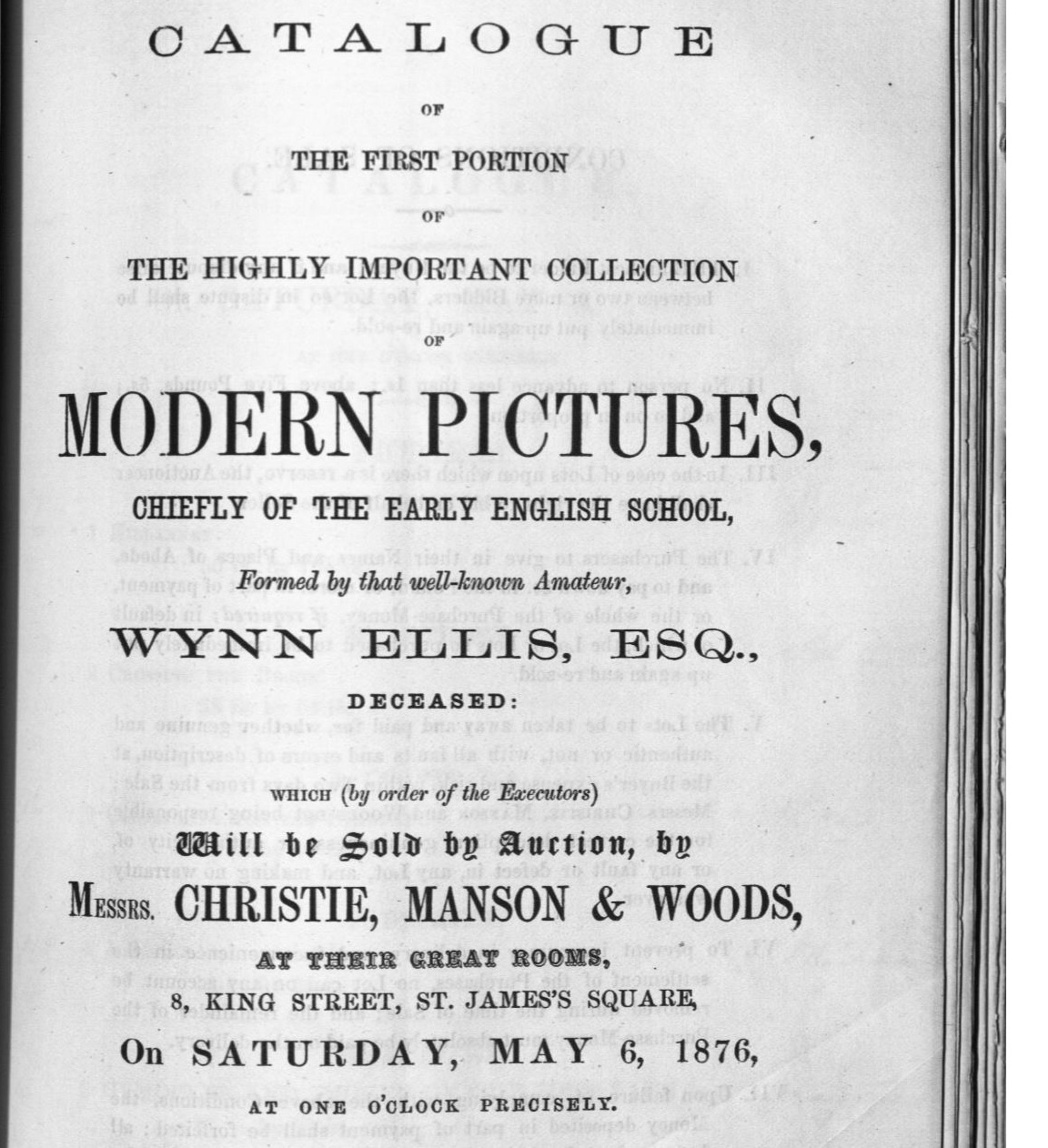
The Duchess was a real beauty. It is said Gainsborough once failed in painting a full-length of her and left the picture unfinished saying he found “the Duchess was too much for him.” No compliment was considered too high for her until stepping out of her carriage one day an Irish dustman commented, “Love and bless you, my lady, let me light my pipe in your eyes.” It was a compliment that at the time it was agreed nobody could better. Over one hundred and fifty years later Raymond Chandler perhaps got close with, “It was a blonde. A blonde to make a bishop kick a hole in a stained-glass window.”
The 1876 catalogue entry contained absolutely no loquacious comments. Art auction catalogues of the time were sparse in there description of the lots, depending instead on the performance of the auctioneer, the attendance of famous persons in the auction room and the viewing and exhibition of the paintings themselves. In the 1876 catalogue the painting is described as, “The Duchess of Devonshire, in a white dress and blue silk petticoat and sash, and a large black hat and feathers.” God knows what the Irish dustman could of come up with if she had had that hat on as well.

The painting never lasted long with Agnew’s. On 26 May, just 20 days after the auction, it was stolen from their gallery in Old Bond Street, cut out of the frame around midnight by the Napoleon of crime, Adam Worth. A globe-trotting criminal mastermind, Worth had intended to sell the picture to realize funds for the release of his brother, however after his release on a technicality he decides to keep “The Noble Lady,” as he calls it.
The law eventually captures up with Worth’s life of crime. Following a failed robbery of a money delivery cart in Belgium Worth spends five years in prison and after his release in the painting is returned to Agnew’s for a reward in 1901. It remains in perfect condition despite the rumours he often slept with it.
J. P. Morgan then buys the painting and after decades in America it returns to London where it is auctioned on 13 July 1994. This time Sotheby’s holds the auction, for which the catalogue, British Painting 1500-1880, as held in the National Art Library, has a full page description and photo of the painting. There is still no mention of the Irish dustman’s comment but art auction catalogues undoubtedly provide an unrivalled historical window for all types of art research.
para la sirena del rio pance
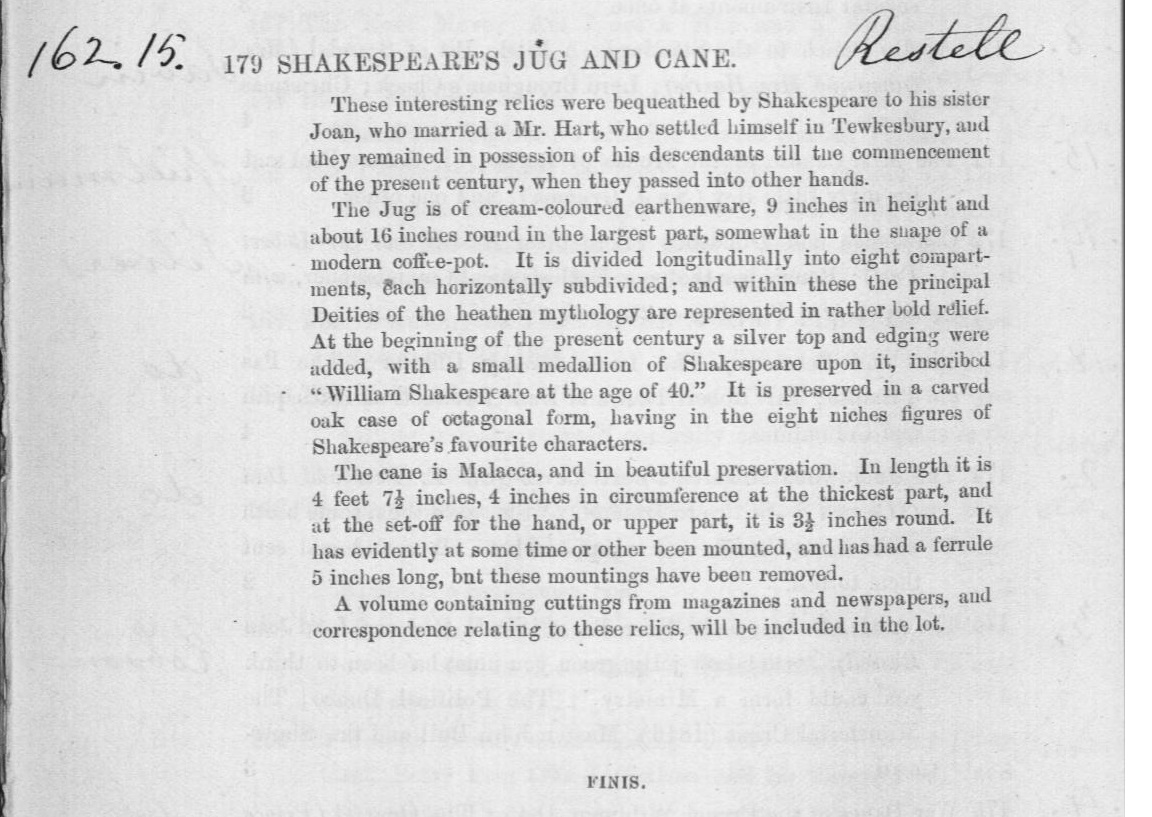
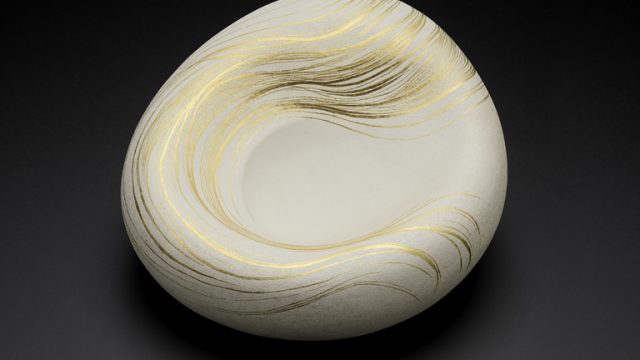
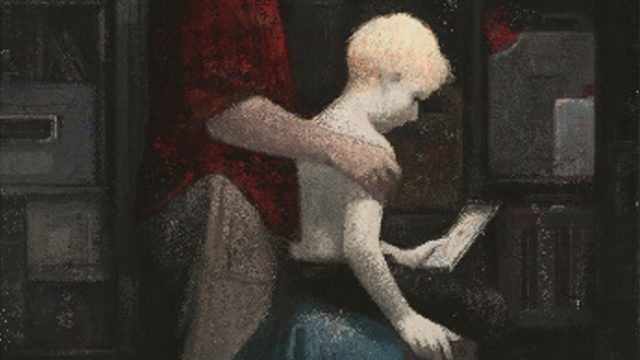

Great article enjoyed reading it ??